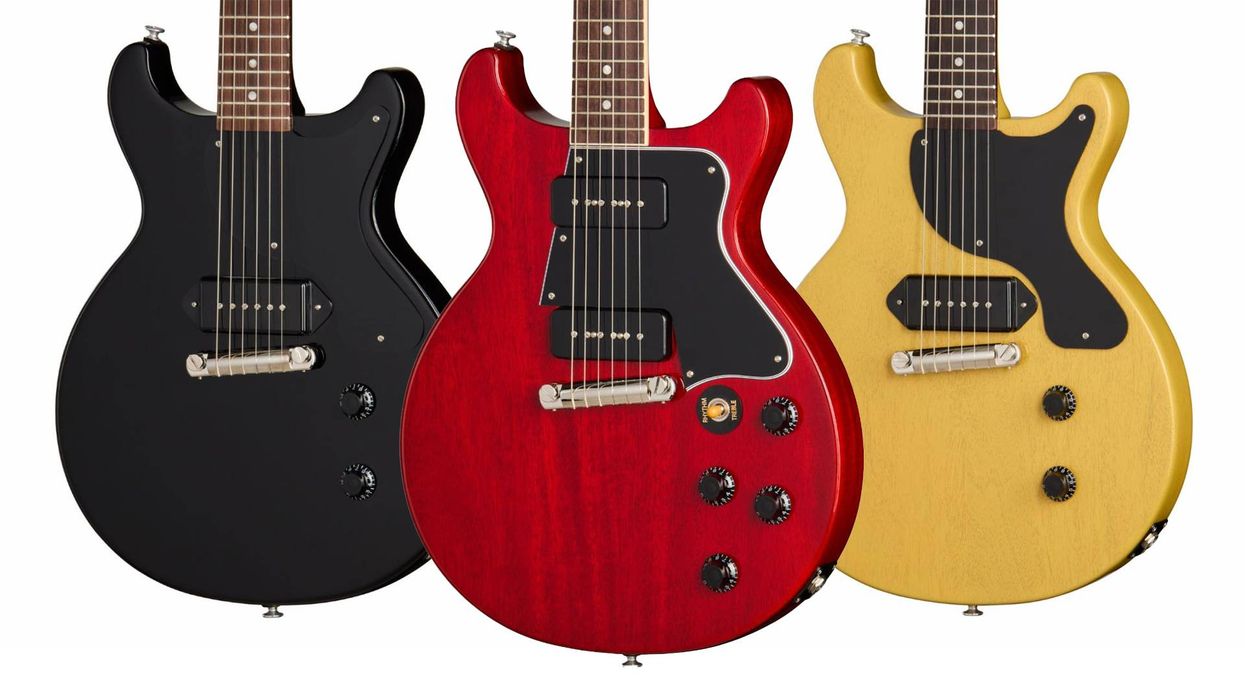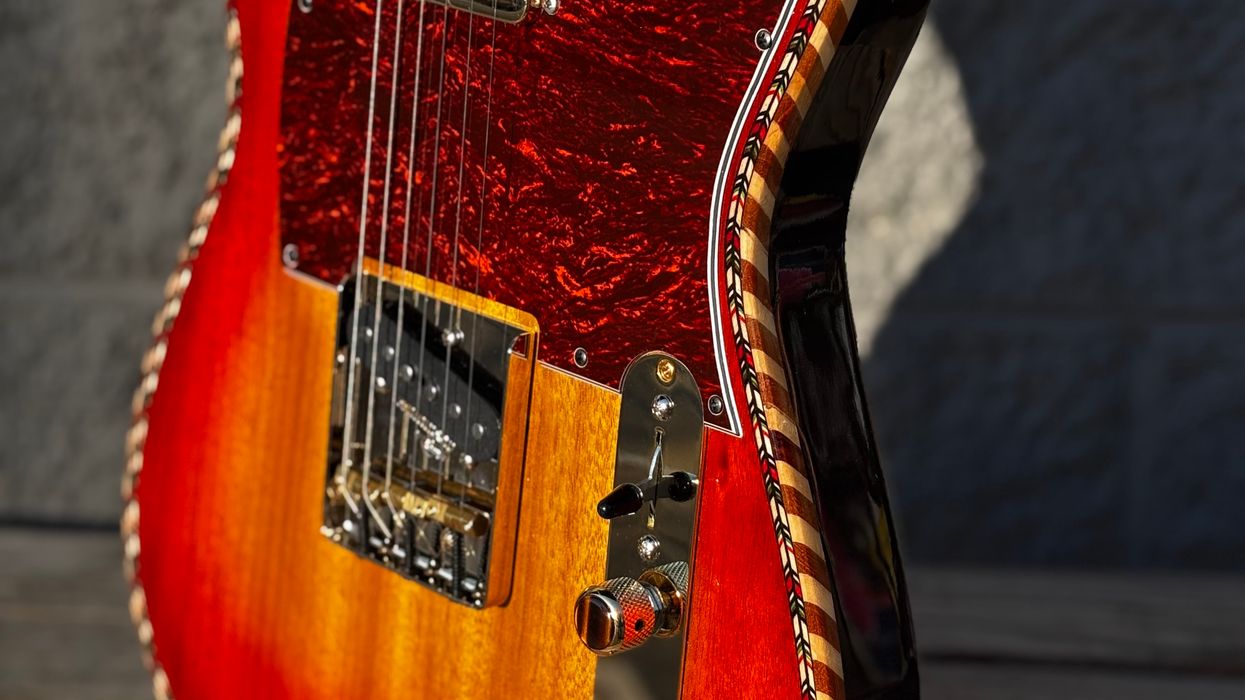In the world of guitar, there are surprisingly few absolutes. We naturally want to understand what makes our beloved guitars work, and we often get lost in theories and formulas in an effort to draw irrefutable conclusions. In practice, theories can be clouded by exceptions and experience, and stir up confusion instead of adding clarity. One such debate explores whether a heavier set of strings will make a guitar louder. It seems logical that larger strings would draw more volume from a guitar, and this is certainly a commonly accepted notion. However, the reality is far less definite, thanks to the range of opposing factors involved in how a guitar produces volume.
Her fluidly picked Fender bass lines have propelled classic songs by the Beach Boys, Simon & Garfunkel, Joe Cocker, Frank Sinatra (and his daughter Nancy), Ray Charles, Lou Rawls, Glen Campbell, Barbra Streisand, Sonny & Cher, and the Monkees, to name just a few.
When we're talking about guitar strings, volume is a measurement of amplitude—the height or size of the vibration that moves the air and translates to sound in our ears. Simply put, the higher the amplitude, the louder the sound. From that fact, it seems obvious that string flexibility plays a key role in allowing a string to move freely with a large amplitude. If this were the only criterion, a rubber band would make a seriously loud guitar string.
However, the reality is that a string by itself doesn't displace enough air for us to really hear that vibration as volume. The string needs a resonating surface—acting as a natural amplifier—to displace sufficient air for us to experience the sound in an appreciable way. When the string transfers its energy to a larger surface, like the top of an acoustic guitar, the sound waves in the air are amplified and further intensified by a resonating chamber inside the guitar. In this context of a string on an acoustic guitar, a very flexible string creates more volume.
But amplitude and flexibility alone don't explain volume. In order for a guitar string to have a chance of setting the rest of the guitar in motion, it needs momentum. The top of a guitar has inherent weight and stiffness that the vibrating string's momentum must overcome before it, too, can vibrate. The more momentum the string possesses, the more easily and quickly the guitar will be set in motion.
If this were the only criterion, a rubber band would make a seriously loud guitar string.
Because a string's momentum is defined by weight and tension, a heavier string will produce enough momentum to get the guitar top going as well. When you increase the string tension, you make it easier for those vibrations to transfer to the guitar's top—so while a limp, down-tuned string might have weight and motion, the momentum will dissipate before it ever has a chance to make the guitar itself resonate.
So, we know that a heavier string and lots of tension will create more momentum directed at the top of the guitar, but remember that we still need flexibility. Using heavier strings and adding tension can reduce the string's flexibility, reducing its potential volume unless the stiffness is overcome, usually by the player simply hitting the string harder. In fact, this stiffness can make the string behave more like a solid-metal rod by damping out the high-frequency harmonics that occur along its length. The result is a more fundamental-focused vibration with fewer ringing overtones—a sound guitarists often describe as "thick" or "round."
To compensate, we need to consider another variable: length. The string becomes more flexible as you increase its length, but even this is fraught with complications. Paradoxically, the longer you make the string, the more tension you must apply to achieve the desired musical pitch. When you add tension, you also increase the guitar top's resistance to movement, making it functionally stiffer. Again, more force from the player will be required to produce additional volume.
Beyond this mix of opposing forces are other smaller contributing factors, like string height and setup, which need to be in balance with the rest of the guitar to achieve optimal results. Understanding all this, it seems the only conclusion is that different guitars and different playing styles will deliver results unique to that combination of instrument and player. And the ideal blend of string gauge, weight, and tension will vary widely from one case to the next. In this case, the only hard-and-fast rule is that there are no rules.
[Updated 8/5/21]











![Rig Rundown: AFI [2025]](https://www.premierguitar.com/media-library/youtube.jpg?id=62064741&width=1245&height=700&quality=70&coordinates=0%2C0%2C0%2C0)






